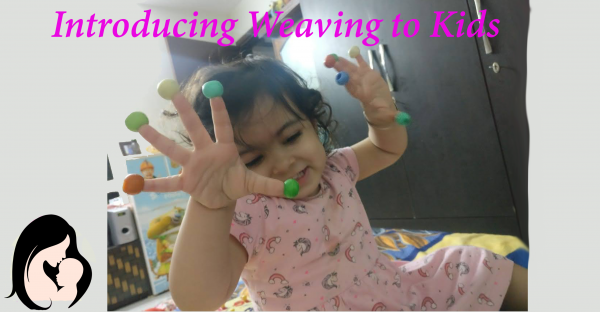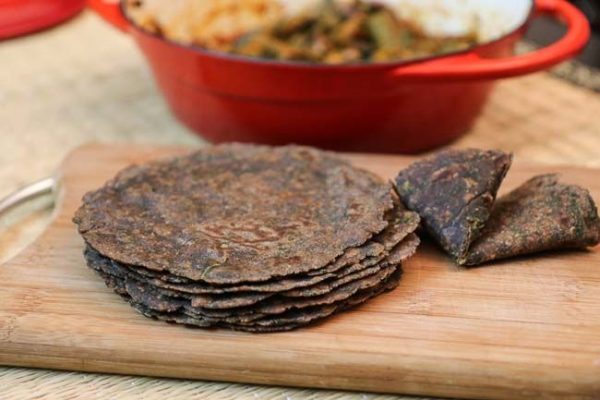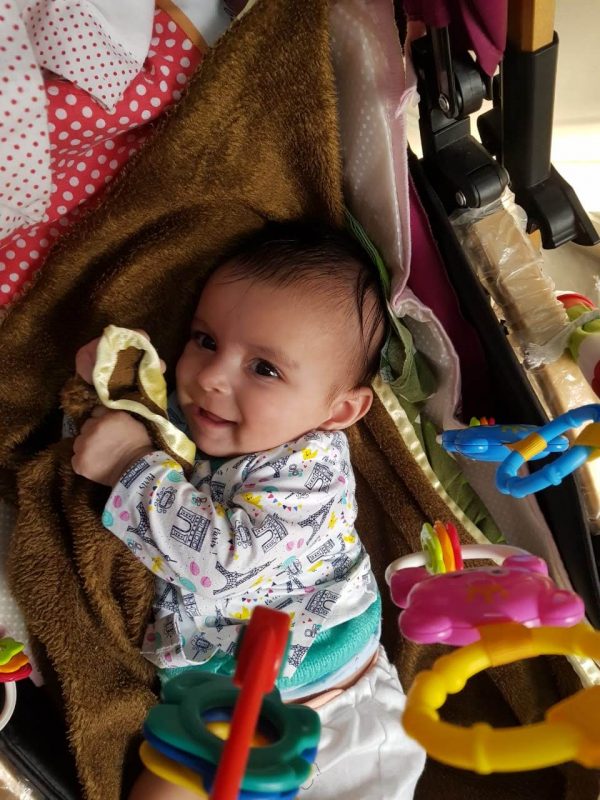Introducing weaving to your toddler is a lot more fun. It brings excitement among kids and helps boost their concentration power.
Diaper Rash – All you need to know about
Diaper rash is one of the common problems infants suffer from. The common age for diaper rash is usually Newborn – 18 months. In this article, I will be sharing the common causes, treatment and precautions to avoid such a situation for your child
We have started to settle our lives Create our identity in the new world Glad to be on step two But the haven is still far away The result of this new beginning Now we will also have name and fame In this crowded world I want to make an identity of self But the haven is still far away Will Neither stop nor be tired I'll just keep moving Everyone will know me I would such deeds But the haven is still far away The journey has started Now this convoy will grow Wonderful world of Wonder Mom Will now be everyone's small world But the haven is still far away
Love,
Wonder Mom
Haven is Still Far Away
Palak Ragi Roti
It’s winter time and Palak Ragi Roti is one of the best foods for toddlers and even elders. It helps is easy digestion and is rich in vitamins
Tummy Time = Fun Time
Tummy Time is fun and first exercise for babies to start off. It helps develop their motor skills, strengthen their muscles and much more
Mom’s Breastmilk is good
Mom’s breastmilk is good, in fact the best for a newborn baby. But what if you don’t produce enough milk to feed your child. It is absolutely fine





